Home>Furniture & Design>Living Room Furniture>What Do You Call A Room Divider
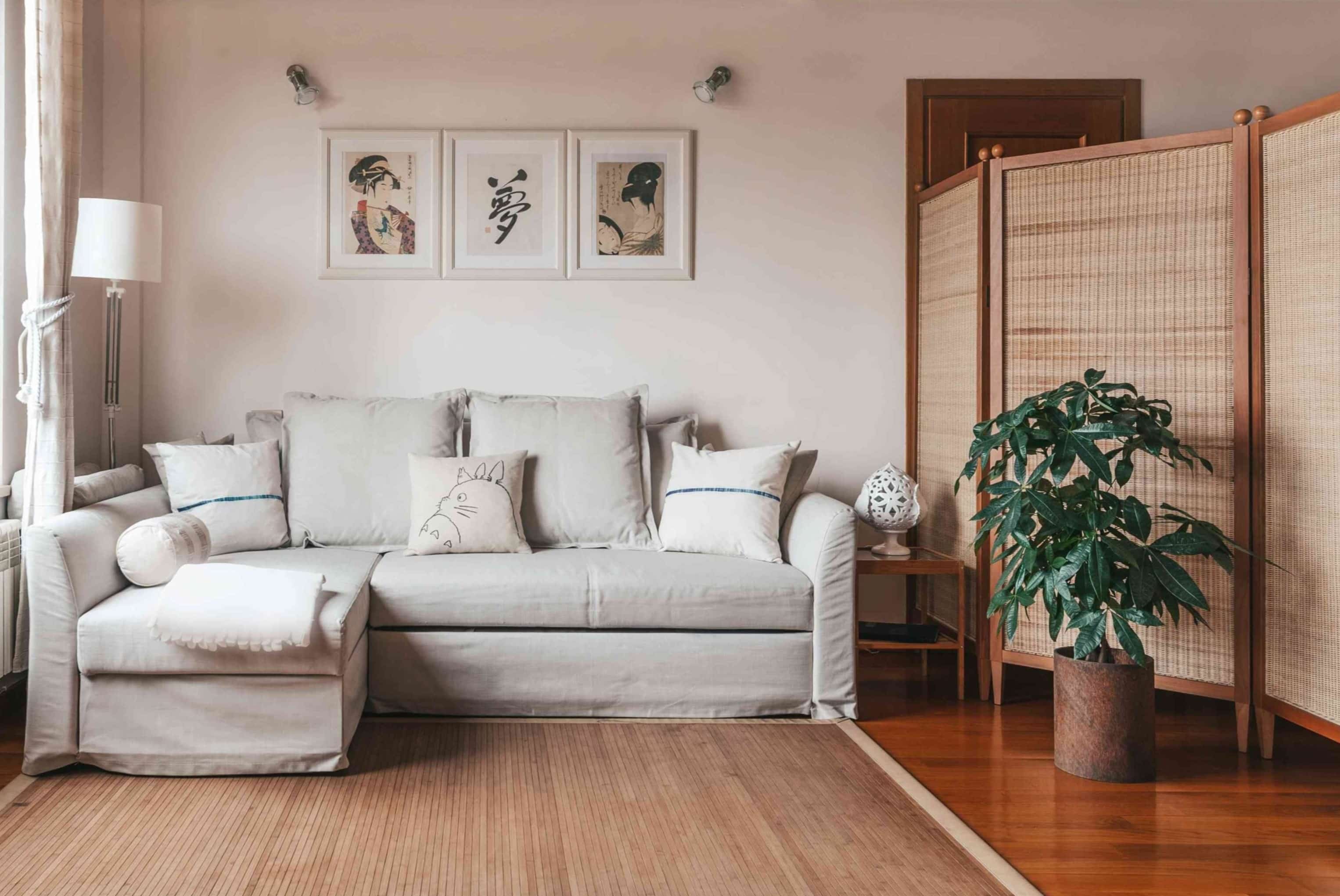

Living Room Furniture
What Do You Call A Room Divider
Modified: December 21, 2023
Looking for the perfect living room furniture and design? Discover what to call a room divider and elevate your space with our expert tips. Explore now!
(Many of the links in this article redirect to a specific reviewed product. Your purchase of these products through affiliate links helps to generate commission for Storables.com, at no extra cost. Learn more)
Introduction
Welcome to the world of room dividers, where functionality meets style, and practicality intertwines with design. Room dividers have been a staple in interior design for centuries, serving as versatile solutions for partitioning spaces, creating privacy, and adding aesthetic appeal to any room. Whether you seek to carve out a cozy reading nook in your living room, divide a shared bedroom into individual spaces, or simply enhance the visual allure of your home, room dividers offer a myriad of possibilities.
In this comprehensive guide, we delve into the fascinating realm of room dividers, exploring their historical significance, diverse types, practical uses, and essential factors to consider when selecting the perfect room divider for your living space. Whether you are a design aficionado, a homeowner seeking innovative solutions, or simply someone intrigued by the world of interior design, this article is your gateway to unlocking the potential of room dividers.
Join us as we embark on a journey through the captivating world of room dividers, where form meets function, and creativity knows no bounds. Let's unravel the secrets of these versatile furnishings and discover how they can transform and elevate the ambiance of any living space.
Key Takeaways:
- Room dividers have a rich history, evolving from ancient civilizations to modern living spaces, offering versatile solutions for privacy, aesthetics, and spatial delineation.
- When choosing a room divider, consider factors like space constraints, functionality, design aesthetic, material, flexibility, and storage/display needs to enhance the visual appeal and functionality of your living space.
Read more: What Do You Call A Construction Worker?
Historical Background
The concept of using room dividers to delineate living spaces dates back to ancient civilizations, where screens, panels, and partitions were employed for both practical and decorative purposes. In traditional Japanese architecture, for example, sliding panels known as “shoji” were utilized to divide rooms, allowing for flexible use of space and natural light while maintaining privacy.
During the medieval period in Europe, intricately carved wooden screens served as both decorative elements and functional dividers in grand castles and manor houses. These ornate dividers not only added a touch of elegance to large chambers but also provided a degree of privacy and insulation.
Fast forward to the 20th century, and room dividers experienced a resurgence in popularity, particularly during the mid-century modern movement. Design luminaries such as Charles and Ray Eames and George Nelson introduced innovative room divider designs that seamlessly integrated form and function, reflecting the era’s emphasis on versatility and aesthetic appeal.
Today, room dividers continue to evolve as essential elements of interior design, with contemporary designers and manufacturers offering a diverse array of styles, materials, and configurations to suit modern living spaces. From sleek, minimalist screens to multifunctional shelving units and translucent glass partitions, the options for room dividers are as varied as the design preferences of homeowners and interior decorators.
As we journey through the history of room dividers, it becomes evident that these furnishings have transcended time and cultural boundaries, adapting to the evolving needs and tastes of society while retaining their core functionality. The rich historical tapestry of room dividers serves as a testament to their enduring relevance and timeless allure in the realm of interior design.
Types of Room Dividers
Room dividers come in a diverse range of styles, materials, and configurations, offering versatile solutions for partitioning spaces and enhancing the visual appeal of interiors. Whether you prefer a minimalist, modern aesthetic or a more ornate, traditional look, there is a room divider to suit every taste and design scheme. Here are some popular types of room dividers:
- Screen Dividers: These classic room dividers feature hinged panels or folding screens, often crafted from wood, metal, fabric, or rattan. Screen dividers are ideal for creating temporary partitions and can be easily folded and stored when not in use.
- Shelving Units: Multifunctional and space-saving, shelving units with open or closed-back designs serve as both room dividers and storage solutions. They allow for the display of books, decorative items, and personal mementos while delineating living spaces.
- Panel Curtains: Lightweight and versatile, panel curtains offer a contemporary alternative to traditional dividers. Available in various colors and patterns, they provide a semi-transparent barrier that allows light to filter through while adding a touch of elegance to any room.
- Bi-Fold Doors: Designed to create a seamless transition between open and divided spaces, bi-fold doors offer a practical and stylish way to partition rooms. They are available in a range of materials, including wood, glass, and composite materials, catering to different interior design preferences.
- Sliding Partitions: Ideal for maximizing space and flexibility, sliding partitions are commonly used in modern open-plan layouts. They effortlessly glide along tracks, allowing for the seamless division of spaces while maintaining a sleek, unobtrusive appearance.
- Artistic Screens: For those seeking a statement piece that doubles as a room divider, artistic screens featuring intricate designs, laser-cut patterns, or artistic motifs add a touch of visual interest and sophistication to any living space.
Each type of room divider offers unique benefits and aesthetic qualities, catering to different spatial requirements and design preferences. Whether you seek a temporary partition for a studio apartment or a permanent division for a large living area, there is a room divider to suit every need and style.
A room divider is also known as a partition. It can be used to separate a large room into smaller sections for privacy or organization.
Uses of Room Dividers
Room dividers are versatile furnishings that serve a multitude of practical and aesthetic purposes, making them indispensable elements in interior design. From creating private alcoves within shared spaces to adding visual interest and functionality to open-plan layouts, room dividers offer a wide array of uses that cater to the needs and preferences of homeowners and designers alike.
Here are some common uses of room dividers:
- Space Partitioning: One of the primary functions of room dividers is to partition large or open spaces, creating distinct areas for different activities without the need for permanent walls. This is particularly useful in studio apartments, lofts, and open-plan living areas, where delineating spaces for sleeping, working, and entertaining is essential.
- Privacy Enhancement: Room dividers provide an effective means of enhancing privacy within shared living spaces, such as studio apartments or multifunctional rooms. By strategically placing dividers, individuals can create private nooks for relaxation, study, or personal time without compromising the overall flow of the space.
- Decorative Accents: Beyond their functional role, room dividers serve as decorative accents that add visual interest and depth to interiors. Whether adorned with intricate patterns, artistic motifs, or minimalist designs, room dividers contribute to the overall aesthetic appeal of a room, serving as focal points or complementary elements in the design scheme.
- Light Control: Certain types of room dividers, such as panel curtains and translucent screens, offer the added benefit of controlling natural light within a space. They can diffuse sunlight, create soft ambient lighting, or provide shade as needed, contributing to a comfortable and inviting atmosphere.
- Storage and Display: Shelving units and multifunctional dividers not only delineate spaces but also offer storage and display opportunities. By integrating shelves, cubbies, or display niches into room dividers, homeowners can showcase books, decor items, and personal collections while optimizing space utilization.
Whether employed in residential, commercial, or hospitality settings, room dividers play a pivotal role in enhancing the functionality, aesthetics, and spatial dynamics of interiors. Their versatility and adaptability make them indispensable tools for creating personalized, well-defined living spaces that cater to the diverse needs and lifestyles of occupants.
Factors to Consider When Choosing a Room Divider
When selecting a room divider for your living space, several key factors should be taken into account to ensure that the chosen divider aligns with your functional needs, design preferences, and spatial requirements. By carefully considering these factors, you can make an informed decision that enhances the aesthetic appeal and functionality of your interior while addressing specific spatial challenges.
Here are essential factors to consider when choosing a room divider:
- Space Constraints: Assess the available space where the room divider will be placed. Consider the dimensions and layout of the area to determine the appropriate size and configuration of the divider, ensuring that it harmonizes with the existing spatial dynamics.
- Functionality: Identify the primary purpose of the room divider. Whether it is to create privacy, partition a room, or add visual interest, understanding the intended function will guide you in selecting the most suitable type and design of divider.
- Design Aesthetic: Consider the overall design theme and aesthetic of your interior space. Choose a room divider that complements the existing decor, whether it is minimalist and modern, ornate and traditional, or eclectic and artistic, ensuring a cohesive and harmonious visual impact.
- Material and Texture: Explore a variety of materials and textures, such as wood, metal, fabric, glass, or rattan, to find a divider that not only aligns with your design aesthetic but also offers tactile and visual appeal. Consider how the material and texture will interact with the surrounding elements in the space.
- Flexibility and Mobility: If flexibility and mobility are important, opt for room dividers that are lightweight, foldable, or equipped with casters for easy repositioning. This is particularly relevant for spaces that require occasional reconfiguration or temporary partitioning.
- Light and Transparency: Evaluate the desired level of light and transparency. Choose a divider that either allows light to filter through, creating an airy and open feel, or provides a degree of opacity for privacy and light control, depending on the specific requirements of the space.
- Storage and Display Needs: If storage and display are essential considerations, consider room dividers with integrated shelving, cubbies, or display niches to maximize functionality while adding visual interest and organizational utility.
By carefully evaluating these factors, you can narrow down your options and select a room divider that not only meets your practical needs but also enhances the visual appeal and spatial dynamics of your living environment. Whether you prioritize versatility, aesthetics, or functionality, the right room divider can elevate the ambiance of your space while offering practical solutions for spatial delineation and design enhancement.
Read more: What Do You Call A Covered Walkway
Conclusion
Room dividers stand as versatile and indispensable elements in the realm of interior design, offering multifaceted solutions for spatial delineation, privacy enhancement, and aesthetic enrichment. From their historical roots in ancient civilizations to their contemporary manifestations in modern living spaces, room dividers have evolved to meet the diverse needs and design preferences of homeowners, decorators, and architects.
As we have explored in this comprehensive guide, room dividers come in a myriad of types, ranging from classic folding screens and artistic panels to multifunctional shelving units and sleek sliding partitions. Each type offers unique benefits, catering to different spatial requirements and design sensibilities, while serving as both practical and decorative elements in interiors.
Furthermore, the uses of room dividers extend far beyond mere spatial partitioning, encompassing privacy enhancement, light control, decorative accents, and storage/display opportunities. Their adaptability and versatility make them invaluable tools for creating personalized, well-defined living spaces that cater to the diverse needs and lifestyles of occupants.
When choosing a room divider, careful consideration of factors such as space constraints, functionality, design aesthetic, material and texture, flexibility, and storage/display needs is essential to ensure a harmonious integration within the existing interior environment. By doing so, homeowners and designers can make informed decisions that optimize the visual appeal and functionality of their living spaces.
In essence, room dividers represent a marriage of form and function, where practicality meets creativity, and design intersects with utility. Whether utilized in compact urban apartments, expansive open-plan lofts, or commercial establishments, room dividers continue to play a pivotal role in shaping the spatial dynamics and visual allure of interiors.
As we conclude our exploration of room dividers, we are reminded of their enduring relevance and transformative potential in interior design. Their ability to adapt to evolving design trends and address the ever-changing needs of modern living spaces underscores their timeless appeal and unwavering significance in the world of interior decor. Whether seeking to create intimate alcoves, define distinct living zones, or infuse spaces with artistic flair, room dividers remain indispensable allies in the quest for functional, aesthetically pleasing, and well-defined interiors.
Frequently Asked Questions about What Do You Call A Room Divider
Was this page helpful?
At Storables.com, we guarantee accurate and reliable information. Our content, validated by Expert Board Contributors, is crafted following stringent Editorial Policies. We're committed to providing you with well-researched, expert-backed insights for all your informational needs.


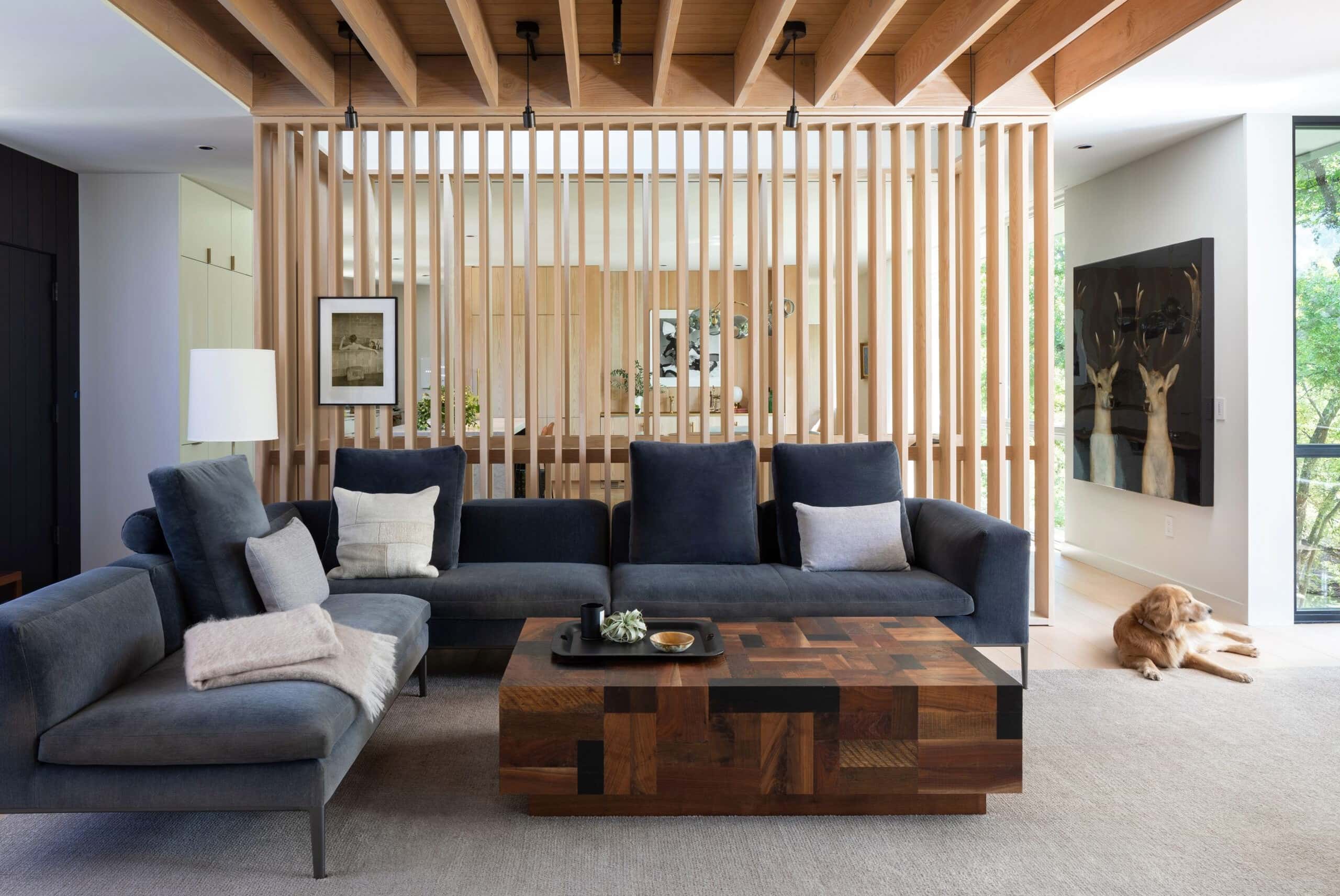
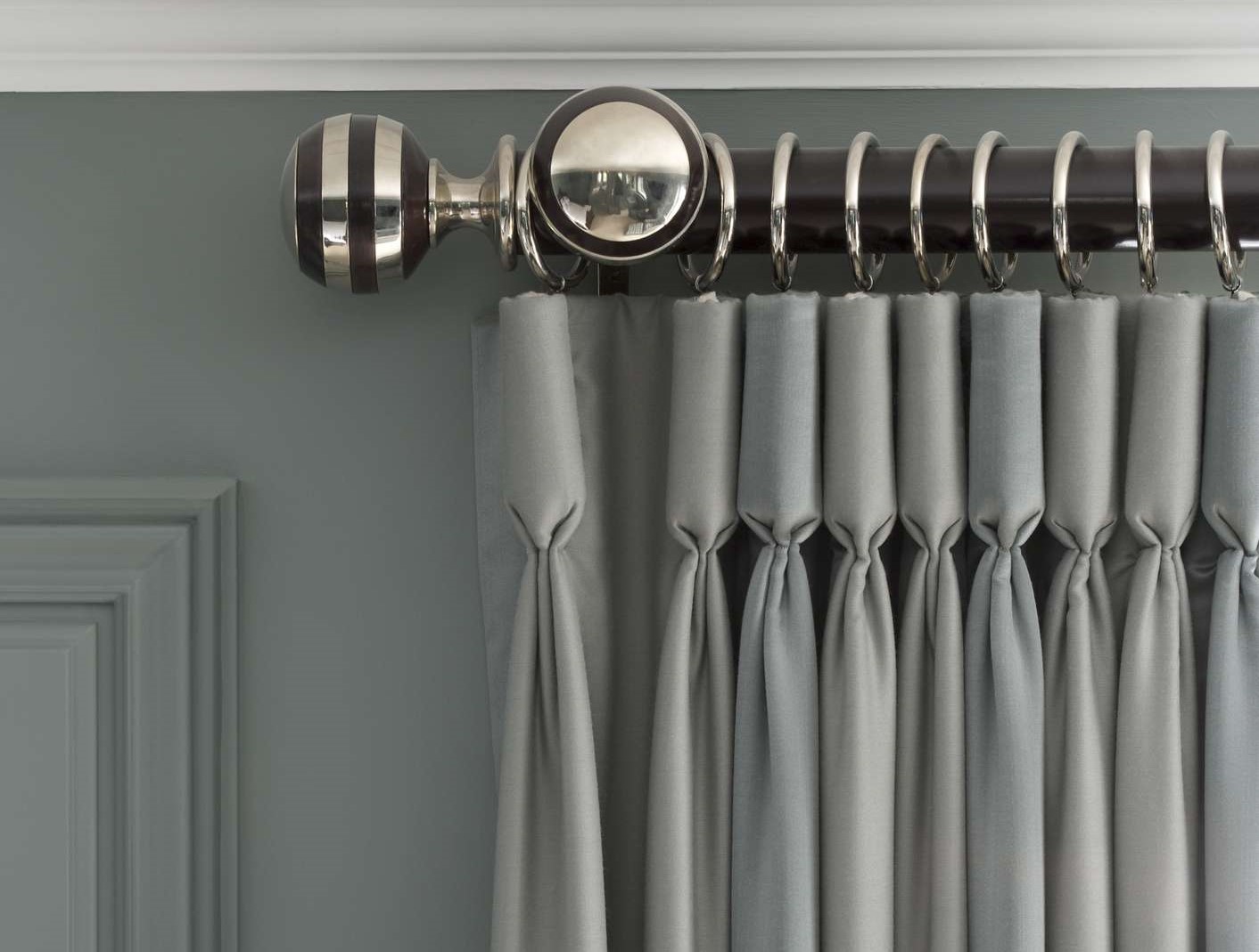

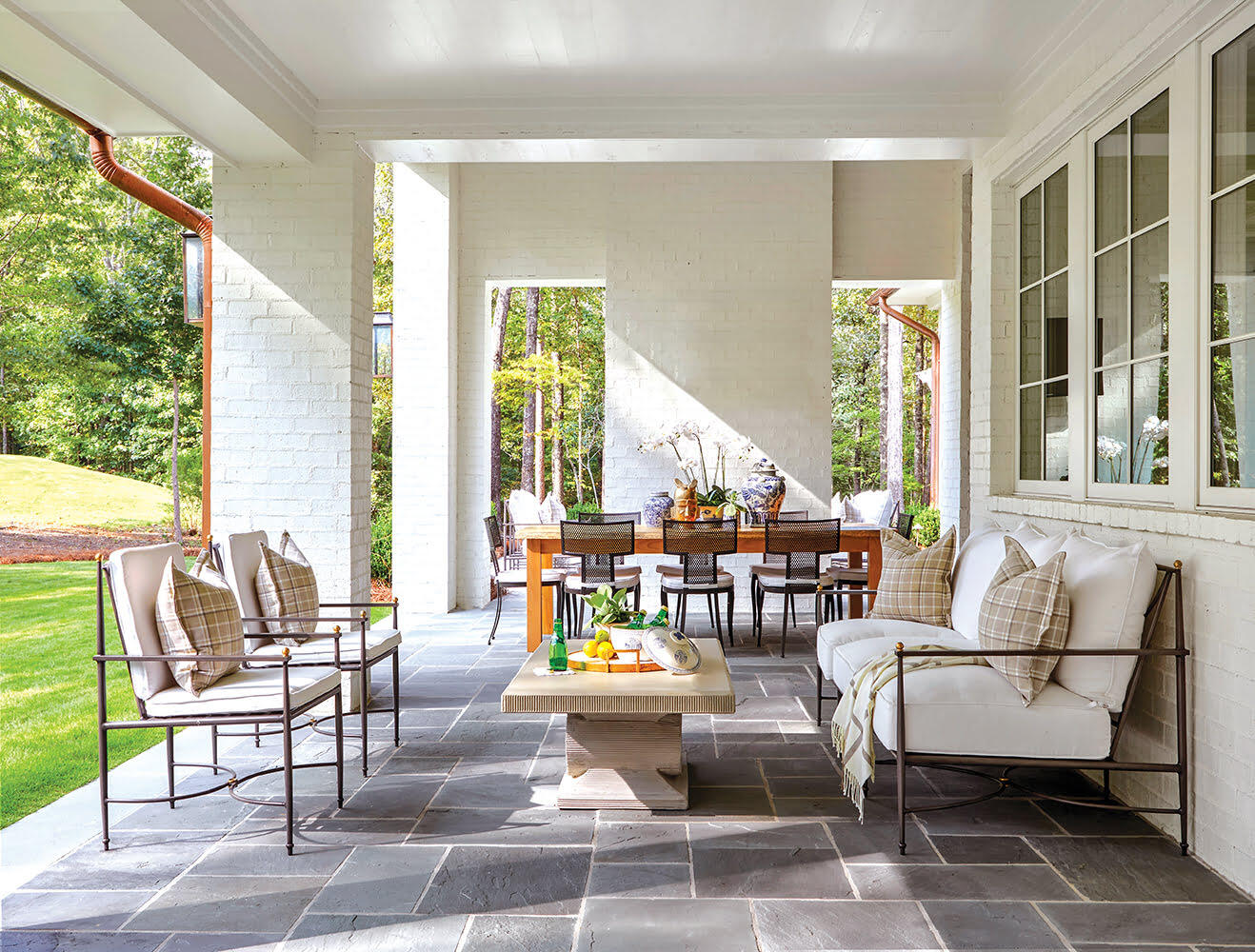


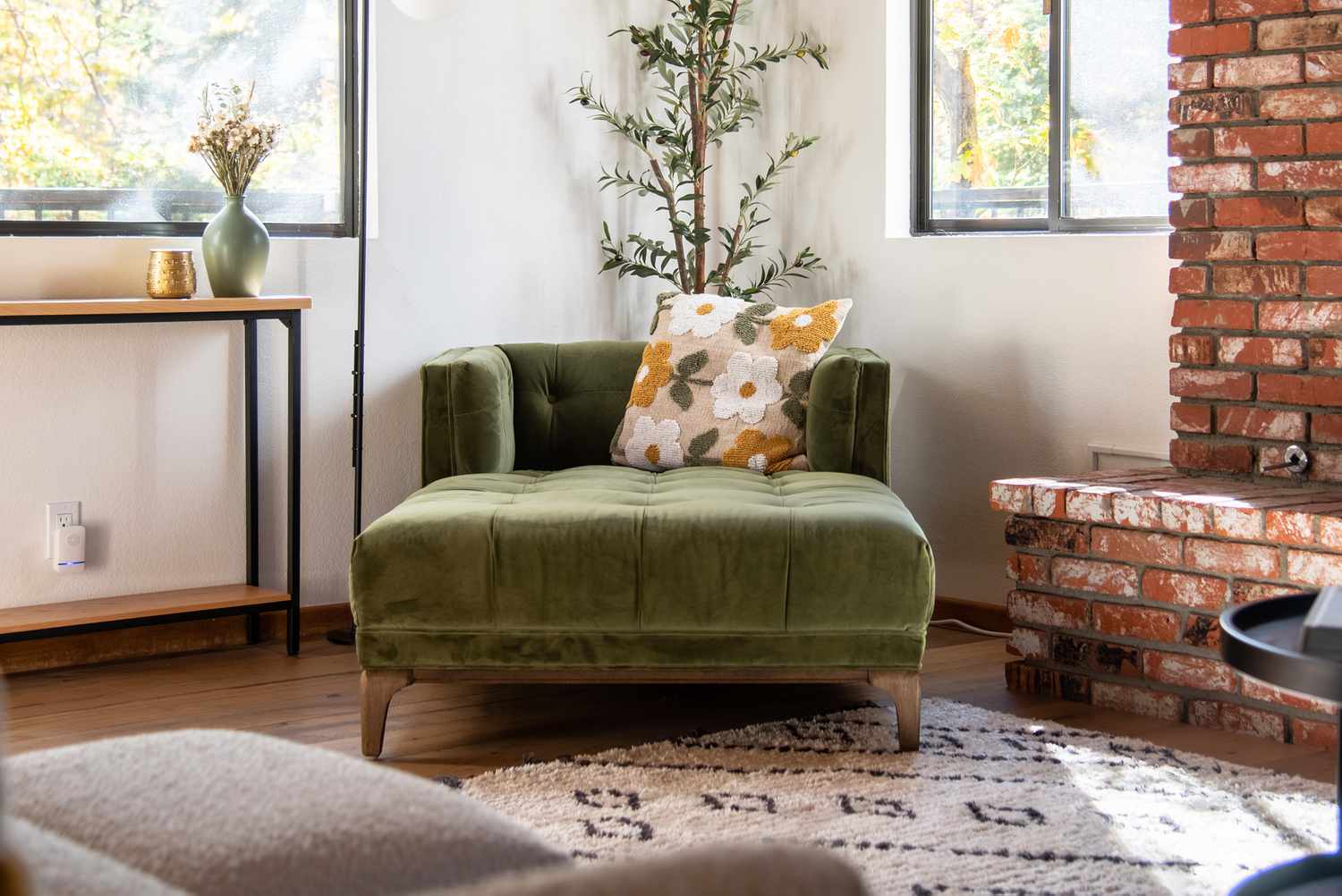
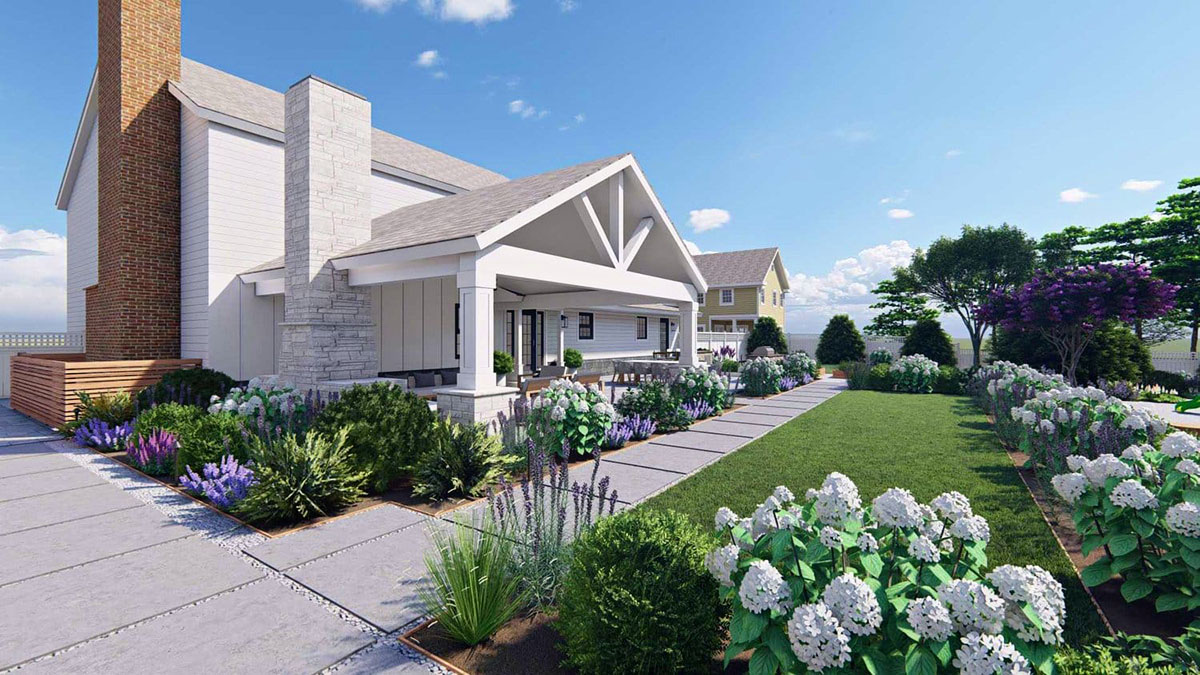

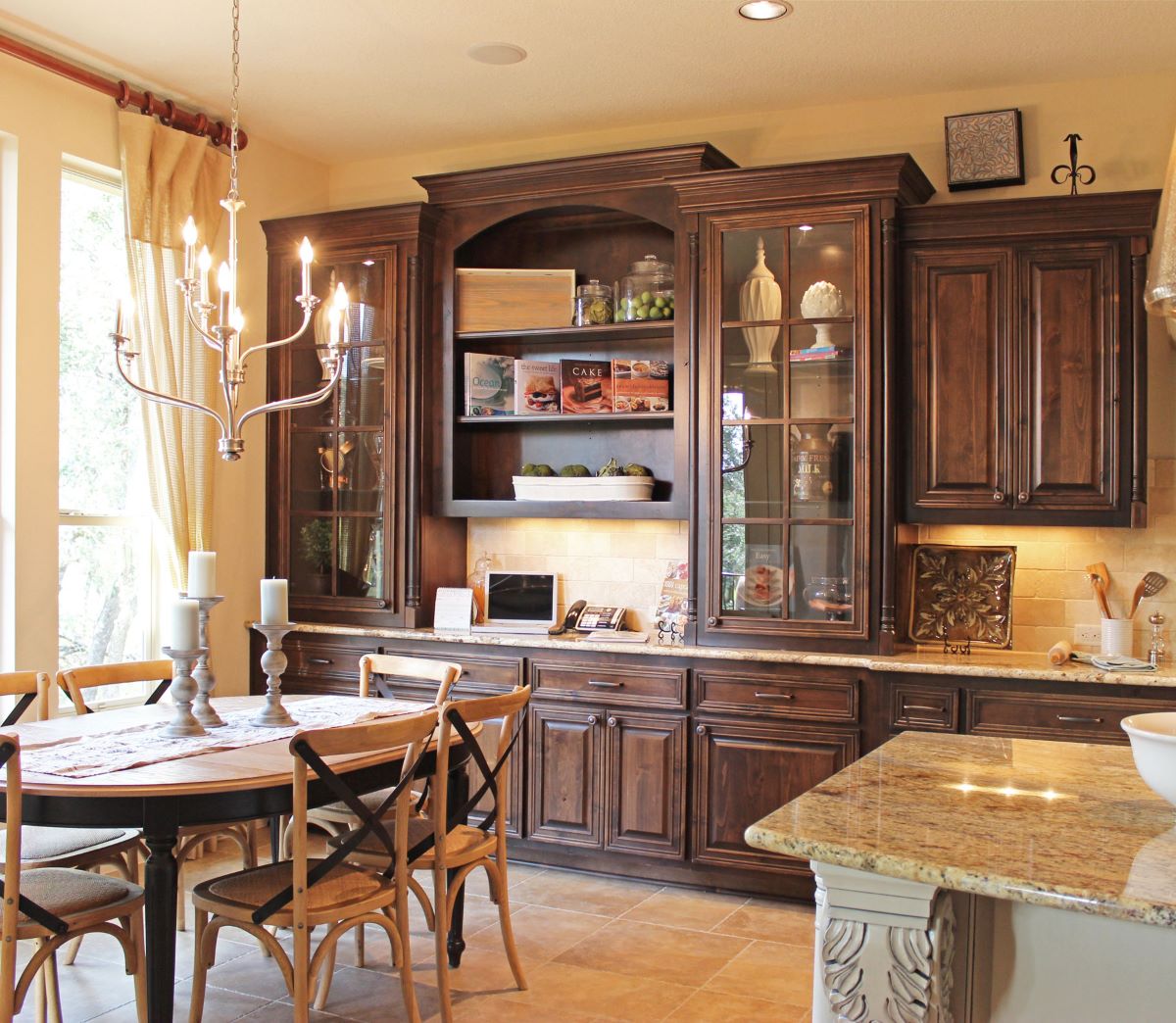
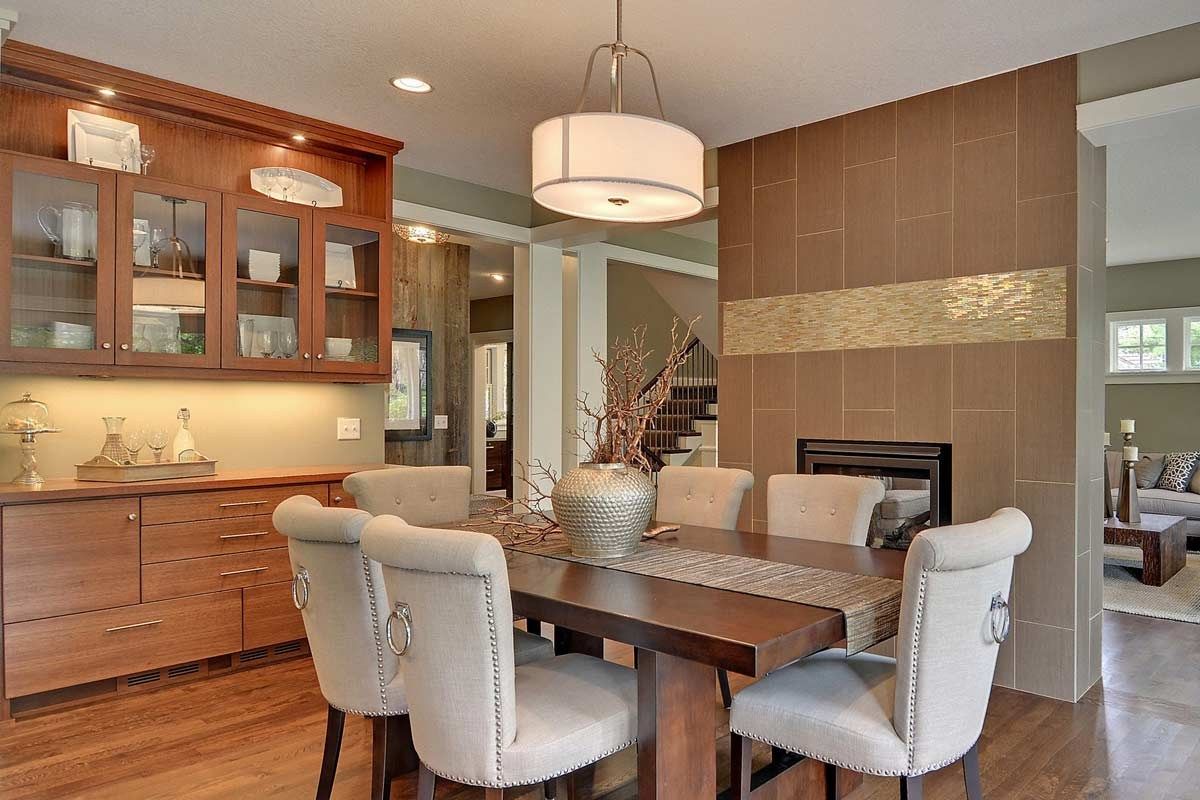


0 thoughts on “What Do You Call A Room Divider”